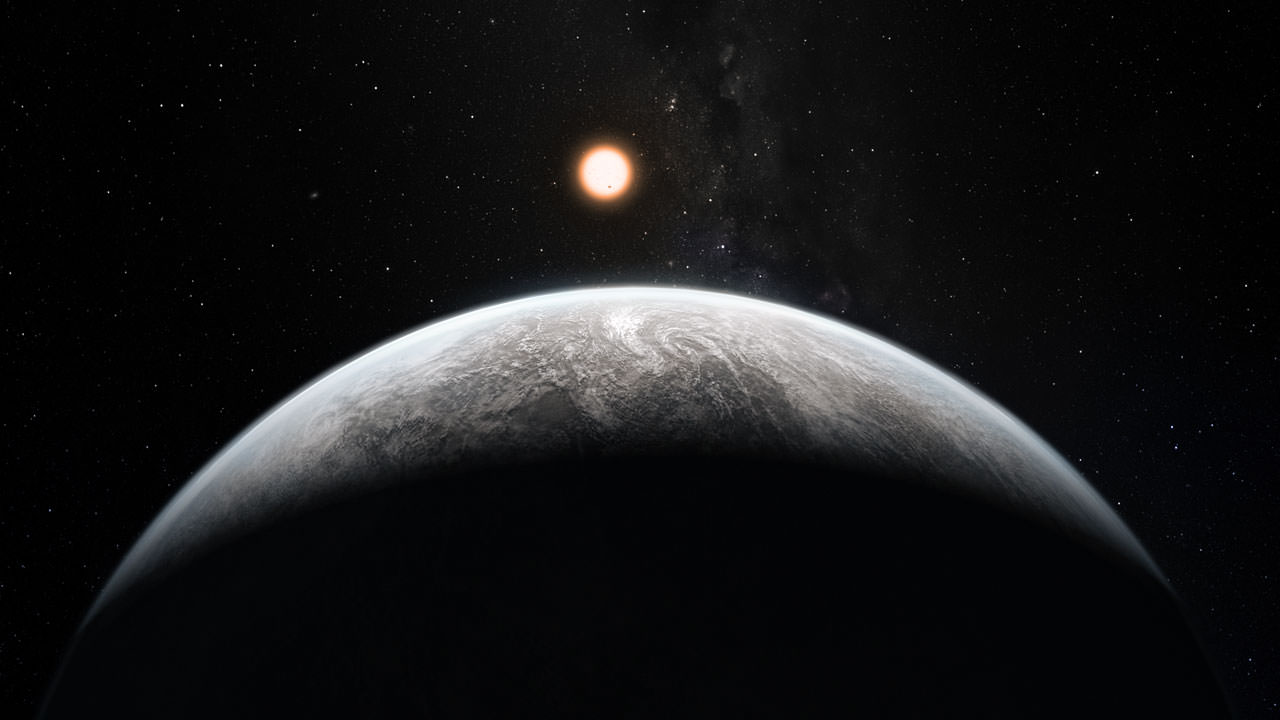In recent decades, over 4,000 extrasolar planets have been confirmed beyond our Solar System. With so many planets available for study, astronomers have learned a great deal about the types of planets that exist out there and what kind of conditions are prevalent. For instance, they have been able to get a better idea of just how common habitable planets are (at least by our standards).
As it turns out, a surprisingly high number of planets out there could support life. That is the conclusion reached by a team of astronomers and planetary scientists who conducted a study of the possible sizes of habitable zones (HZ) based on stellar classification. After considering many planets could stably orbit within them, they came to the conclusion that stars with no Jupiter-sized gas giants can have as many as seven habitable planets!
Continue reading “Some Stars Could Support as Many as 7 Habitable Planets”


